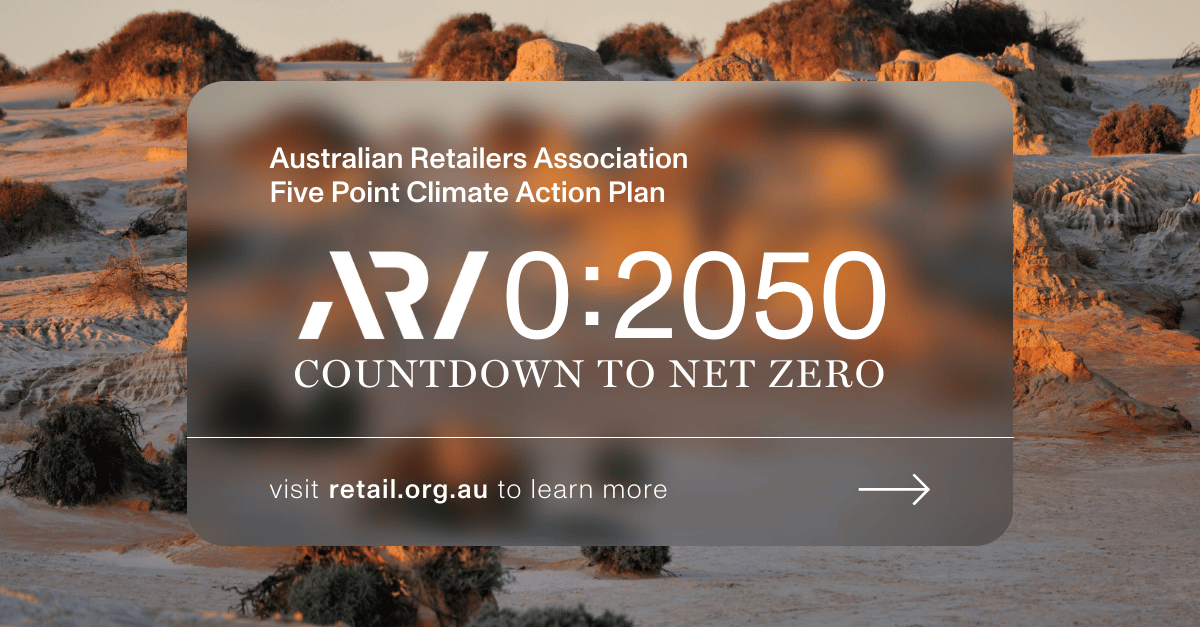
COP26 comes five years after the 2015 Paris Agreement, at which 190 members of the 197 original signatories to the 1994 United Nations Framework Convention on Climate Change (UNFCCC), agreed to do two things:
- Work together to limit global warming to well below 2 degrees and to aim for 1.5 degrees, to adapt to the impacts of a changing climate
- Meet every 5 years to review their commitment to this goal and update their plan to reflect their highest possible ambition at that time.
A recurring issue in Australian politics since the ratification of the Paris Agreement in 2016, is whether our commitment to a reduction in greenhouse gas emissions of 26- 28% below 2005 levels by 2030 is enough to limit global warming to less than a 1.5 degree increase on pre-industrial levels.
As we can see playing out in federal politics in Australia this month, pressure will be required at COP26 to push leaders to do today what can be put off to tomorrow. Collectively setting the bar at the lowest common denominator will not deliver the outcome that the planet needs.
Significant and continuous investment will be required over the coming decades to get us there. The IEA estimates the phenomenal sum of $USD 5 trillion per year will be required by 2030, and ongoing to 2050, to convert global energy systems to low emission systems.
The good news is that IEA thinks that energy systems globally can do this without carbon offsets. The bad news is that this will translate into higher energy input costs globally, and replacement costs for end-use equipment as well. Expect to hear a lot more of the buzz phrase “electrify everything†(and then combust hydrogen for what’s left).
In Australia, there are fewer constraints than some nations to supporting an entirely renewable and zero-emission energy system.. The key question is what is the pace of change that the system (including consumers) can support?
On the eastern side of the country, State Governments have initiated renewable energy zones to target upgrades in transmission and distribution systems required to support intermittent power and storage. But gas is likely to be a transition fuel, even if we can wean ourselves off coal faster than predicted. As new energy storage comes online (including Snowy 2.0 in 2026 onwards), and the pace of investment ebbs and flows with access to rare earth minerals and engineering skills
We can expect one constant: international LNG prices will set the price for the firming of electricity supply for at least the next decade.
In the background, we can also see as an outcome of pressure to do more sooner at COP26 that the trade-in carbon offsets will increase in value, as will obligations on businesses to purchase them to acquit their emissions. COP26 is seeking to engage finance and develop carbon markets to further support a transition to a zero-emission global economy. The contentions around the claims of what does and does not constitute a high-quality carbon offset will also increase.
This development will go hand in hand with an increase in reporting obligations to increase transparency in carbon reporting globally.
Ed Hanna is General Manager for Advisory and Projects at Energy Action, an energy management business that has been helping Australian businesses simplify, clean and lower the cost of their energy usage for more than 20 years.




















